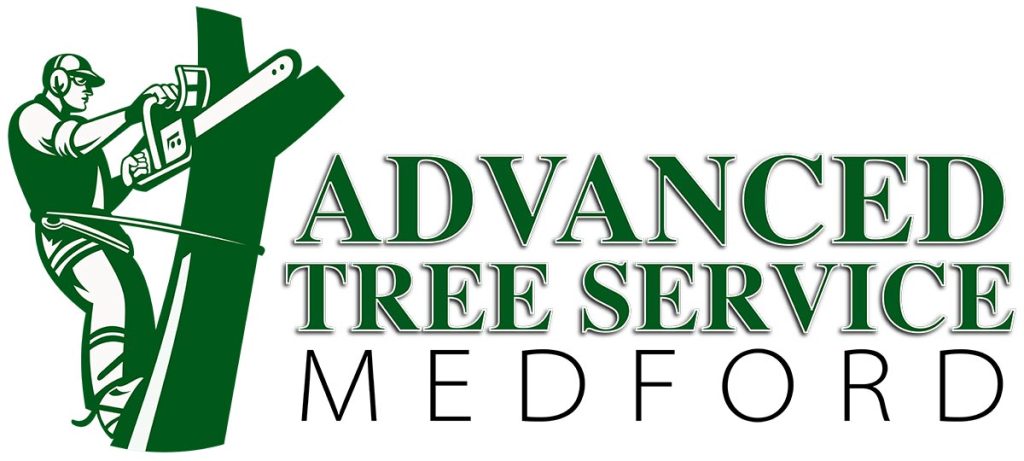Trees are a valuable asset to any property, offering aesthetic appeal and environmental benefits. While most trees grow upright, it’s not uncommon to encounter a tree that leans. While some leans are natural and harmless, others may indicate underlying issues that require attention to ensure safety and tree health.
Understanding the Causes of Tree Leaning
Several factors can contribute to a tree leaning:
· Saturated Soil: Wet or boggy soil conditions can impede root anchorage, leading to tree leaning.
· Unestablished Roots: Young trees may lean due to underdeveloped root systems. Replanting and proper care can encourage straight growth.
· Improper Planting: Incorrect planting depth can hinder root development, causing instability and leaning.
· Wind Exposure: Strong or persistent winds can gradually tilt trees, especially if roots are shallow or soil is unstable.
· Tree Health Issues: Declining health due to root rot or other diseases can weaken a tree’s structure, leading to leaning.
Identifying Dangerous Leans
While some leans are benign, others pose risks, especially if they lean towards structures or power lines. Signs of a dangerous lean include:
· Large Cracks: Cracks in the trunk or major branches can compromise tree stability.
· Peeling Bark: Bark loss may indicate decay or pest infestation, weakening the tree’s integrity.
If you suspect your tree’s lean is hazardous, seek professional assistance promptly.
Trust Professional Assessment
At Advanced Tree and Landscaping, our experts can evaluate your tree’s lean and determine the underlying cause. Depending on the tree’s condition, corrective measures may be possible. Contact us for expert guidance and solutions tailored to your tree’s needs.

